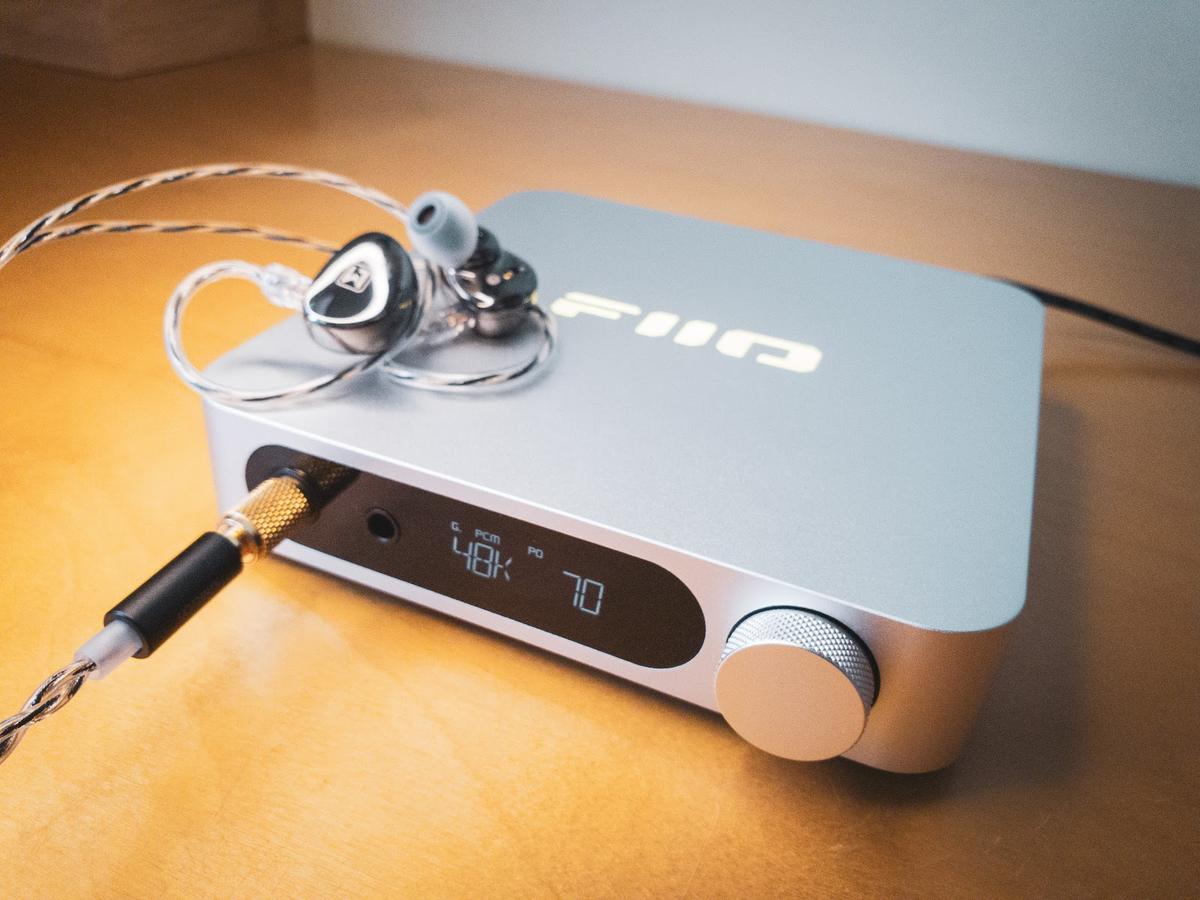The FiiO K11 desktop all-in-one DAC/amp is highly usable, surprisingly powerful, and merely okay sounding.
- Well-thought-out controls and interface
- True balanced 4.4mm output
- The noise floor is low enough for IEMs
- 1.4W of power is enough for most loads
- Great industrial design
- Line-outs can be noisy when USB input is selected
- Technicalities don’t surpass good dongle DACs
- No remote
- No balanced line outputs
- No Bluetooth
FiiO is probably the biggest player in the personal audio space from China. They’ve been in the headphone game for more than a decade and started with humble low-cost DACs and headphone amps.
In many ways, the K11 budget desktop DAC/amp is what FiiO does best.
Borrowing its understated looks from another tiny giant, the Apple Mac Mini, the FiiO K11 offers a compelling package for anyone who needs a desktop audio center. A nice volume knob to control headphones and a pair of desktop speakers, and enough input variety so that just about anything can be used as a transport.
As a sworn audiophile, I’m a bit wary when such convenience is offered to me. After all, good audio must be cumbersome, hot, and maybe even dangerous, right?
Well, maybe not with FiiO, so read on to find out why!
1-Minute Review
Design and Build
There’s no way around it – the FiiO K11 looks like part Mac Mini and part Matrix mini-i Pro 4. Frankly, I think FiiO has done a stellar job designing the K11.
The milled aluminum case feels very sturdy, and the build quality is outstanding.
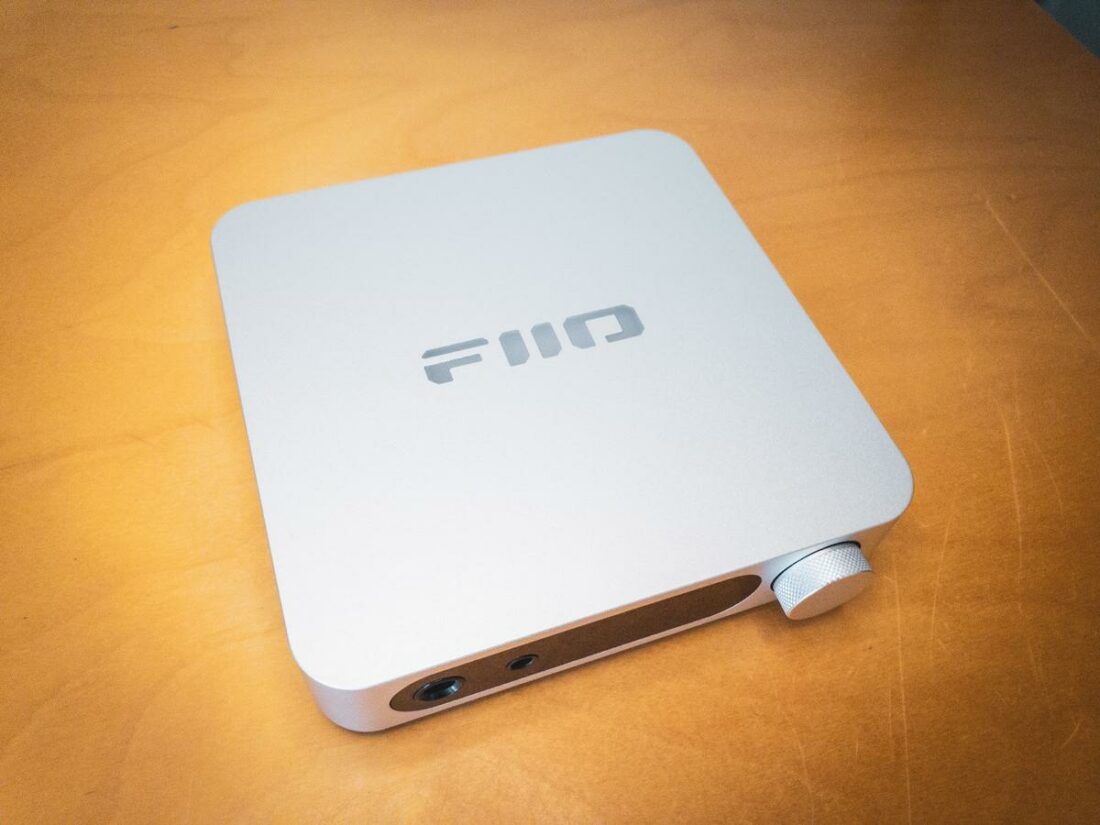
On the front, we get a segmented LCD screen that shows the vitals of what you’re listening to – datastream type, sampling rate, volume level, gain level, and selected output. The screen is very legible and works well with the overall design. Next to it is a small knurled encoder knob.
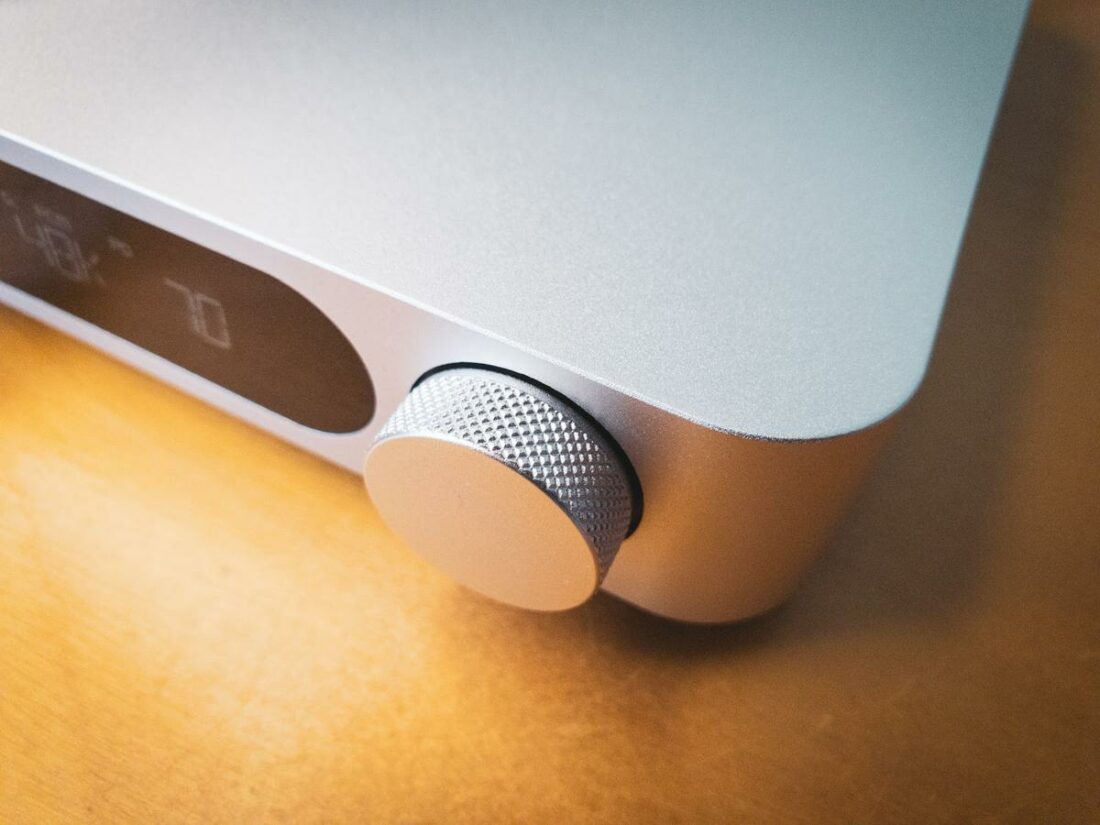
In the back, there’s the IO panel with RCA line outputs, RCA SPDIF, TOSLINK, and USB-C inputs. The K11 uses an external 12VDC power brick to get juice, so the USB is used only for data.
Controls
Interacting with the FiiO K11 is done via the single encoder knob. The knurling makes it very grippy, but as knobs go, an actual potentiometer will always feel nicer.
With that said, the control scheme here is very well thought-out:
- Single press for selecting inputs
- Double press for switching between headphones and line-outs (separate volume settings are remembered for both)
- Longer press to open the settings menu
- Even longer press for power-off
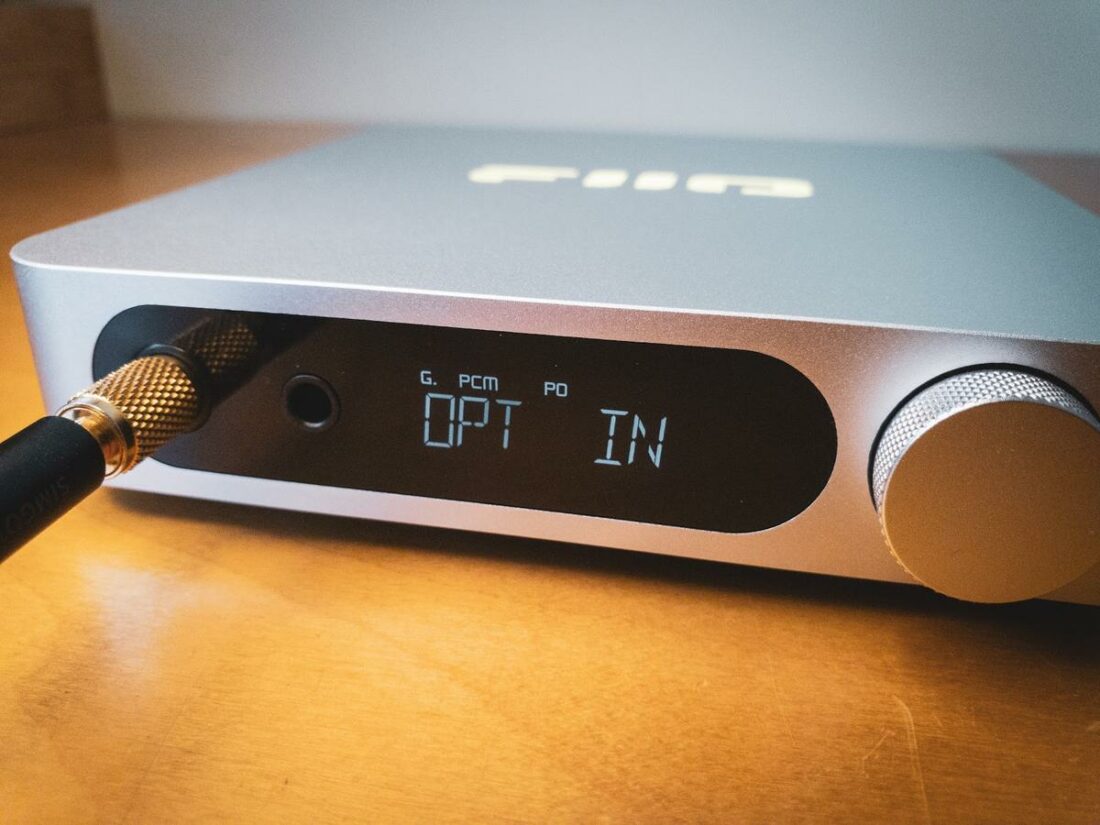
In the menu, we can toggle through three gain settings, six DAC low-pass filter options, and a plethora of settings to customize the LED lighting for the top logo. I love that I have a dedicated “return” section I can select to leave the menu instead of waiting a while for it to time out. SMSL needs to steal this!
Under the Hood
FiiO has always provided helpful diagrams to show what’s happening inside their devices. The K11 is no different – so I didn’t even have to take it apart and prod inside to see what’s going on.
The heart of the unit is a Cirrus Logic CS43198 DAC.
The DAC gets IIS data from the SA9312AL USB controller, which, like the CS43198, is commonly found in dongle DACs. The SPDIF and optical are handled by the MS8422N receiver, which is an interesting choice over the more commonly found Asahi-Kasei parts.
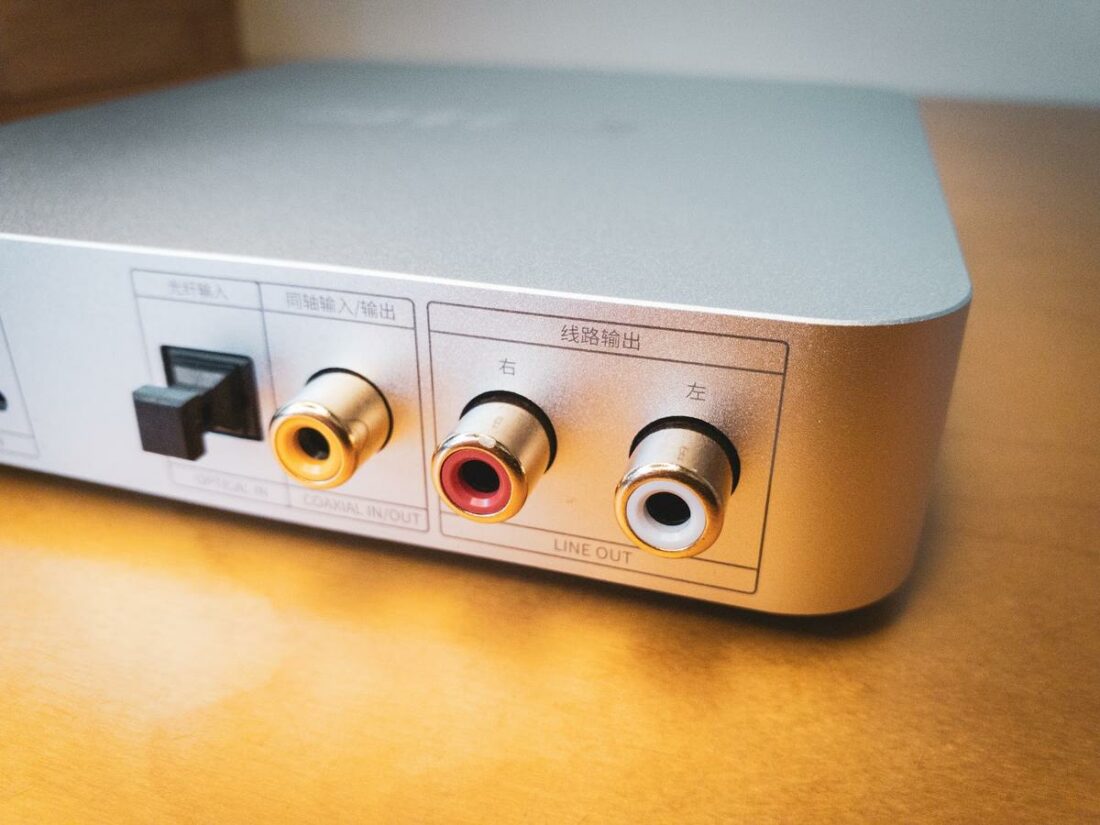
The line-outs are taken straight from the DAC and are volume-controlled by the native on-chip volume control. They also don’t get extra voltage from upping the gain setting. Headphone amplification is done by two SGMICRO SGM8262-2 opamps. While not exactly premium parts, the opamps promise respectable performance.
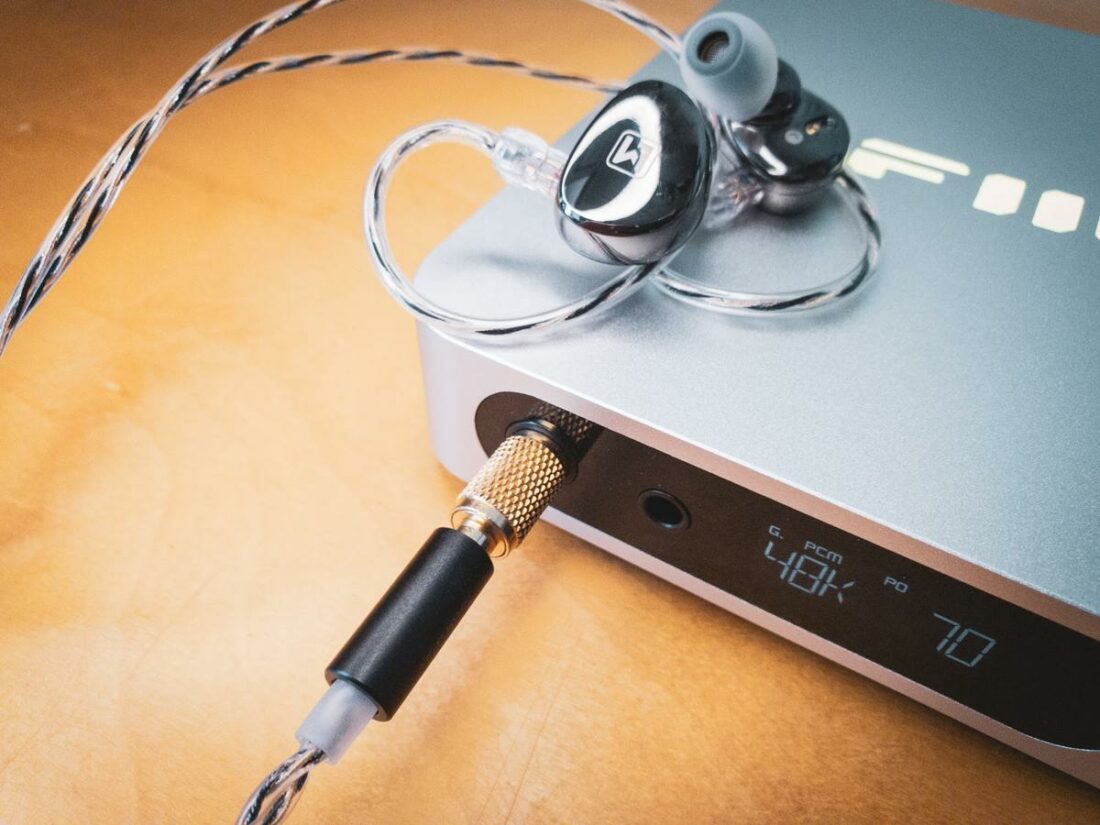
Most of the critical parts found in the K11 are used in portable DAC/amps.
What sets the K11 apart is the power supply circuit, which uses dedicated regulators for all critical power rails. The DC power brick should also make the K11 less reliant on the cleanliness of USB power.
How Does the FiiO K11 Sound?
As always, I went through all of the FiiO K11’s input and output options to see whether there were any performance changes.
There are intermittent noises on K11’s line outputs when using the USB input from my desktop PC.
This unwanted noise forced me to use optical because the noise made the line-outs a non-option for me. Thankfully, the headphone outputs were unaffected.
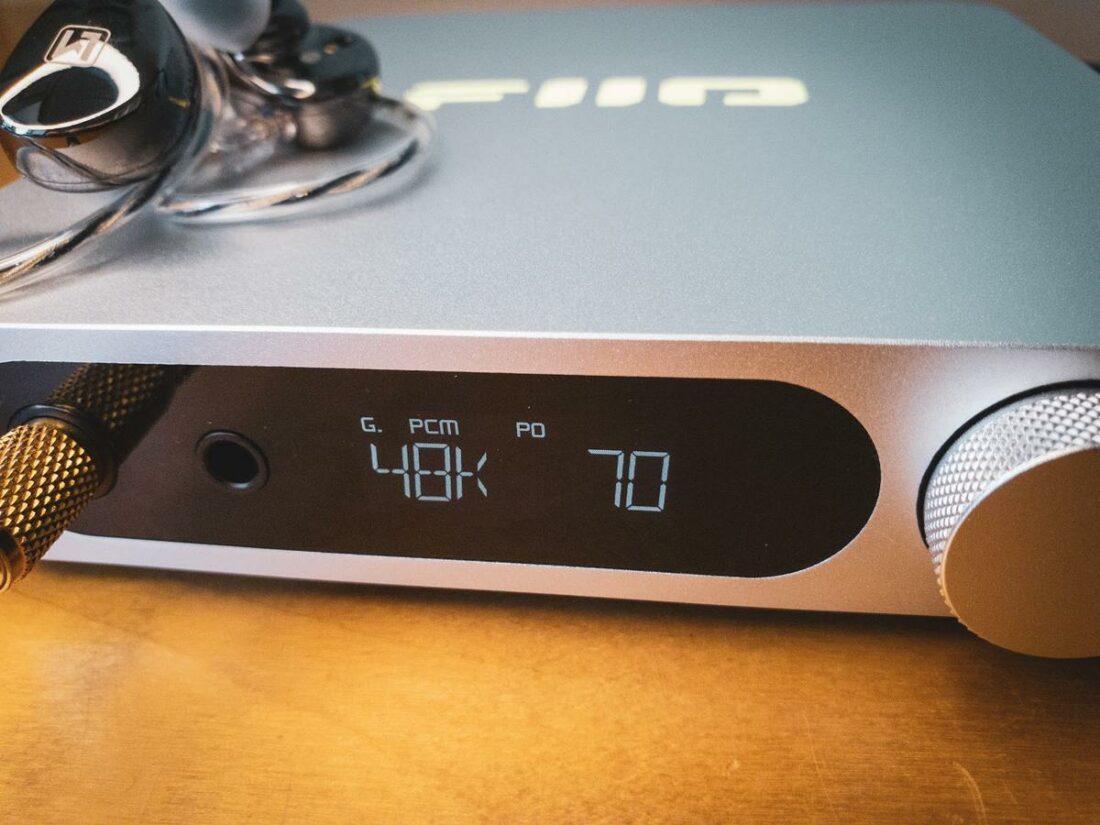
Apart from the noise issue on the line-outs with USB, the K11 operates flawlessly.
There is enough gain for the 350ohm FT-3, and it doesn’t balk at the Moondrop Para’s heinous low-impedance and low-sensitivity combo, even if it hardly shows what the Para is capable of. When using the Simgot EA1000 I can’t detect any noise from either 6.35mm or 4.4mm headphone outputs.
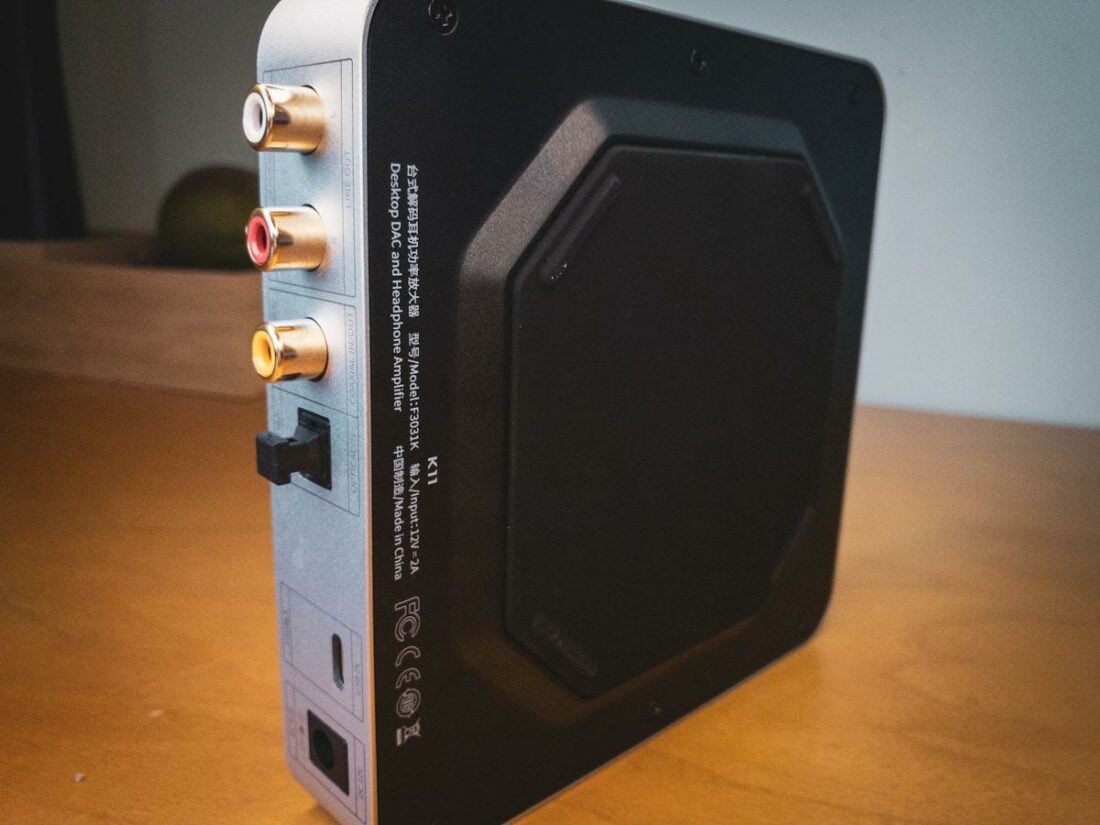
In terms of sound signature, the K11 doesn’t make any obvious missteps. It doesn’t veer into the realm of clinical or overly warm. When paired with colored headphones or IEMs, the coloration of the downstream gear dominates. At the same time, the K11 isn’t a technicalities monster either.
The FiiO K11 sounds polite and is a marked upgrade from the built-in outputs of most non-dedicated audio devices.
Comparisons
Finding any peers to the FiiO K11 at the same price is surprisingly tricky. My trusty Qudelix 5K dongle and Audirect Beam 4 portables offer roughly the same sound quality but are too awkward for desktop use.
In terms of delivering listening pleasure, I give a tad higher marks to the Beam4 with its more hi-fi sound.
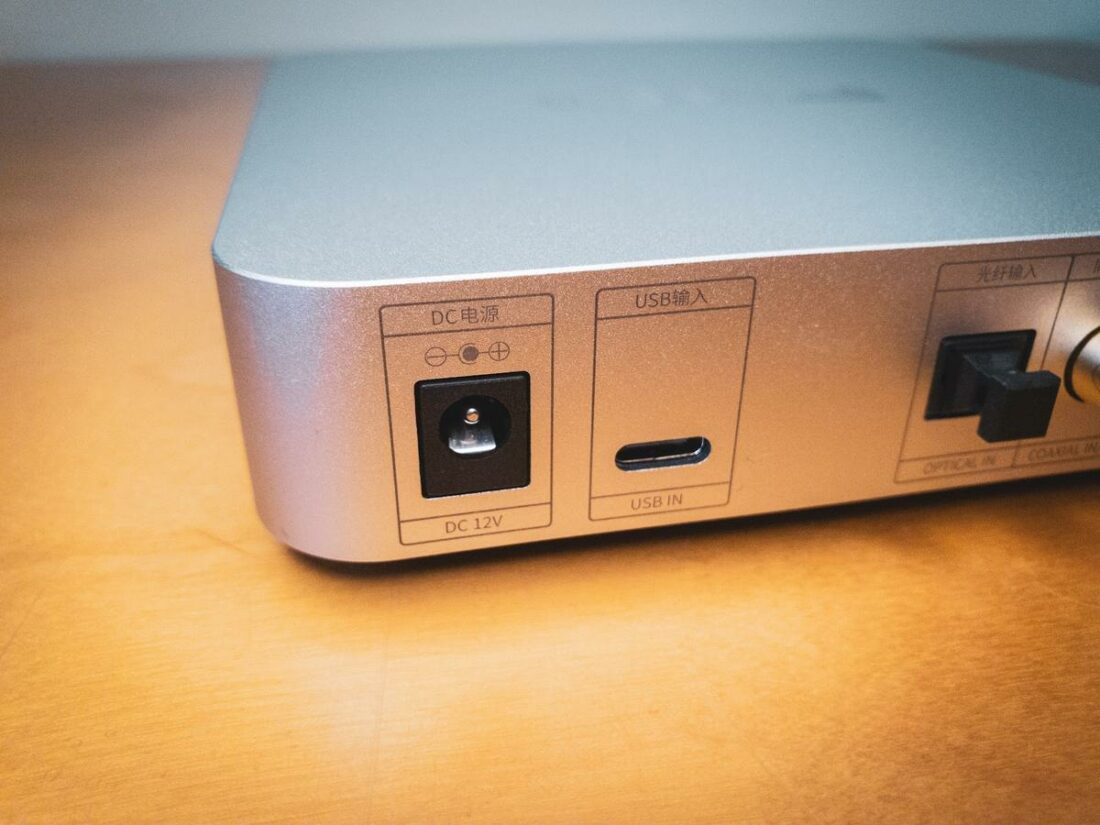
When used as an all-in-one, my Jotunheim 2 provides similar versatility but outclasses the K11 in terms of sound. Of course, it’s bulkier, runs hotter, has no display, and costs 5x more. The recently released Schiit Magni Unity with the DAC card or the SMSL DX3 Pro+ offer similar usability, but both cost >50% more.
Where to Buy
Who Should Buy This?
There’s no better start to building a desktop listening system at this price point.
Nothing else combines the versatility, excellent looks, usability, and decent sound like the K11. If you want better sound, prepare to pay roughly twice the asking price. Better sound and convenience? That’ll be at least 5 times what the FiiO K11 goes for.
The lack of remote and wireless connectivity makes the K11 less optimum for a living room system. But if you’re not too lazy to get up from the couch, it’ll work nicely. The merely average technicalities make the K11 a so-so investment for adding a dedicated amp. You’ll want to swap it out for a different setup altogether when upgrading.
Final Thoughts
It’s clear what FiiO was going for with the K11. It’s the perfect starting point for a budding audiophile. The sound signature advantage over built-in audio is clear – but not massive. For regular people who just want a one-stop shop, the K11 offers superb convenience and excellent looks.
The company has grown tremendously since my first encounter with FiiO more than ten years ago. The K11 amalgamates all this experience and is currently unbeatable as a complete package. Add a computer and a pair of headphones, and you’re ready to be serious about audio!
What’s in the Box?
- K11 DAC/amp
- USB-C to USB-C cable (1m)
- 3.5mm to 6.35mm adaptor
- 12V 2A AC/DC adaptor
- Manual
Technical Specifications
- Form: desktop DAC/Amp
- Frequency Response (Hz): 20 Hz – 50 KHz (-0.2dB)
- THD+N: <0.00035% (1kHz/-0.3dB@10KΩ) line-out, <0.00059% (1kHz/-8.1dB@32Ω) SE HP-out, <0.0010% (1kHz/-14.5dB@32Ω) BAL HP-out
- SNR: ≥126dB (A-weighted) line-out, ≥123dB (A-weighted) HP-outs
- Output impedance: <1.2Ohms SE, <2.4Ohms BAL
- Output power (SE): 720mW@16Ohm, 520mW@32Ohm, 60mW@300Ohm
- Output power (BAL): 570mW@16Ohm, 1400mW@32Ohm, 250mW@300Ohm
- Output voltage: 1.95Vrms line-out, 12Vp-p SE out, 24Vp-p BAL out
- Data rates (USB): PCM – 32bit (44.1 – 384kHz), DoP256
- Data rates (Optical & Coax): PCM – 24bit (44.1 – 192kHz coax, 96kHz optical)
- Weight (g): 407g
